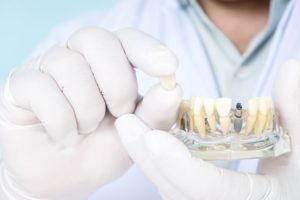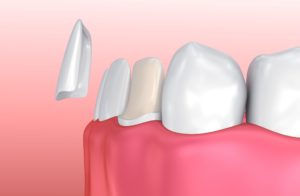
Without a doubt, your actions impact how long your dental implants last. Lifestyle factors like diet, hygiene, and oral habits can help them work for more or less time. That said, you probably didn’t know your dental implant’s materials also affect its lifespan. The post’s parts (and their makeup) can determine whether or not your treatment results fail. If you’d like to learn more, just read over this primer from your Roselle Park dentists.
(more…)







 If you’re not happy with the way your teeth look, a picture-perfect smile is possible without requiring extensive dental work.
If you’re not happy with the way your teeth look, a picture-perfect smile is possible without requiring extensive dental work. 